
Product Focus
Author: Klober | 2025-10-20
More than 25 years ago, a shift took place in the UK roofing industry with the introduction of vapour permeable membranes. Unlike traditional felts, these innovative membranes were specifically designed to tackle condensation issues by allowing moisture to escape while keeping the structure protected. This is the story of one of those original pioneers, Permo Forte 145.
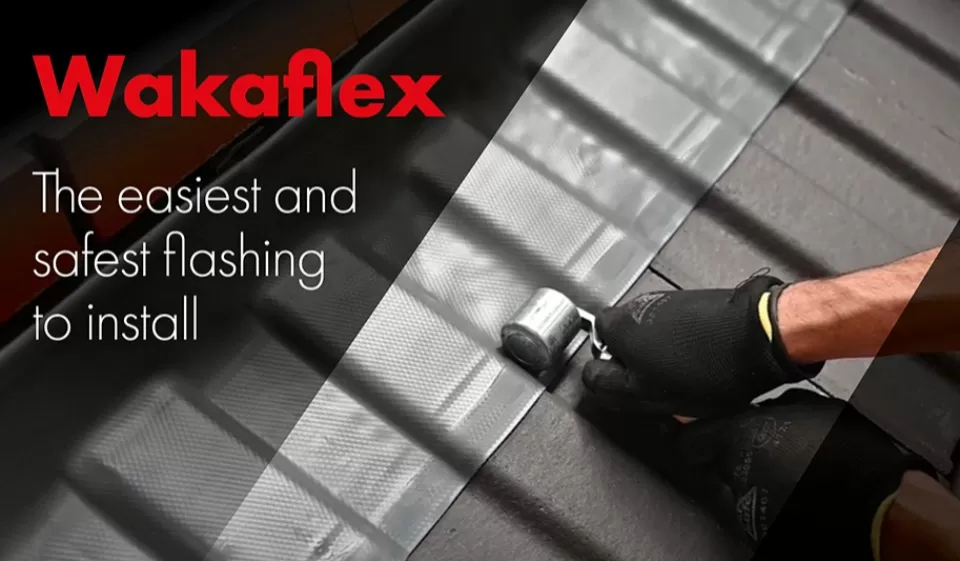
Product Focus
Author: Klober | 2024-12-11
Not only is Wakaflex the most versatile and durable flashing solution, but it is also the easiest to install safely.
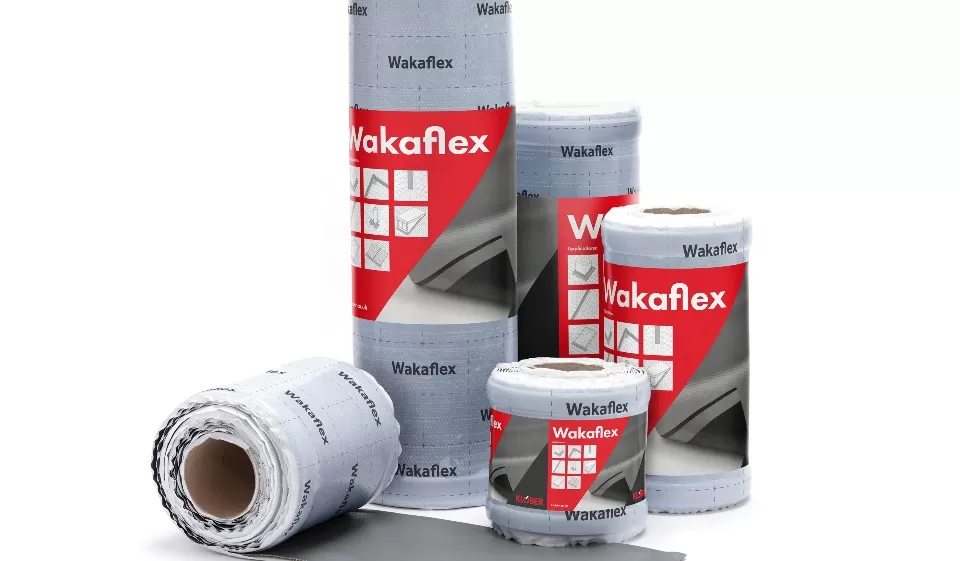
Product Focus
Author: Klober | 2024-08-08
Wakaflex is UV-resistant, which means it can continue to perform and preserve its appearance for decades. We put this to the test along with some other leading products available on the market.
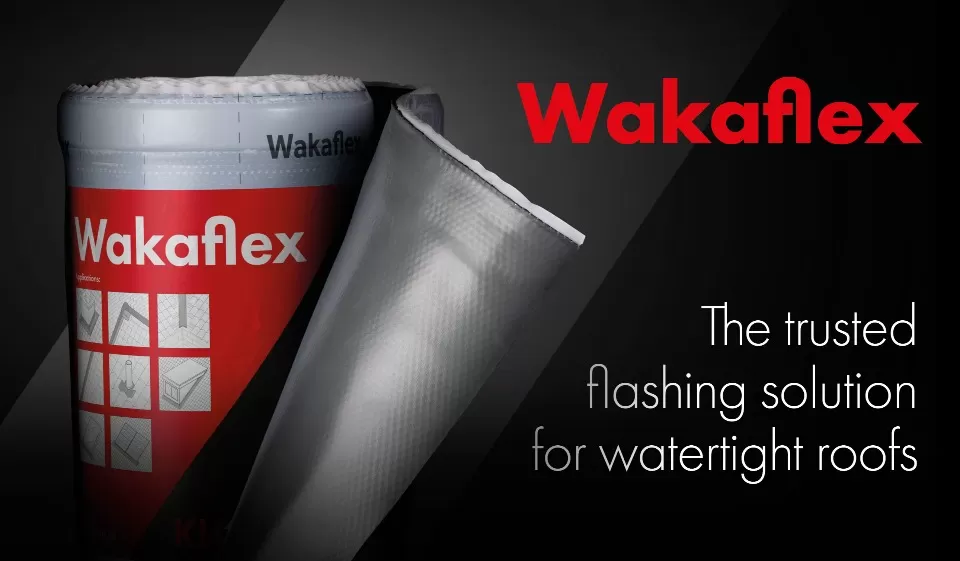
Product Focus
Author: Klober | 2024-04-15
We developed the 1st alternative to lead & metal flashings more than 25 years ago and have been manufacturing Wakaflex in our own plants ever since.
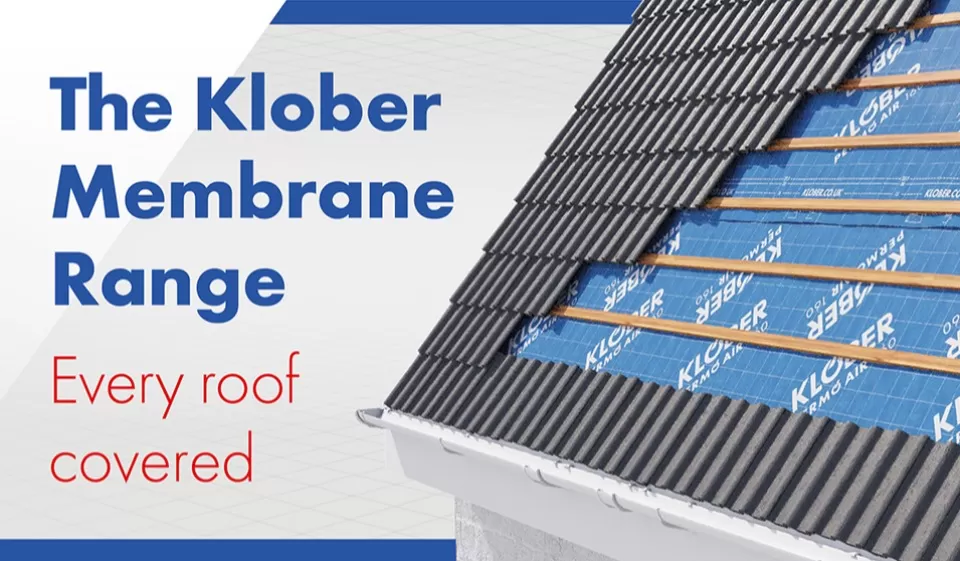
Product Focus
Author: Klober | 2023-06-19
The Klober Membrane Range covers all requirements and budgets for pitched roof requirements from Everyday quality, cost-effective solutions to Specialist Membranes for more complex projects.

Product Focus
Author: Klober | 2023-06-06
Klober offers membranes with specialised qualities which have been specifically developed by Klober to meet specific requirements for more complex requirements

Product Focus
Author: Klober | 2023-05-23
For most common roofing requirements, you can rely on our Everyday Membrane Range for both value and quality for everyday roofing scenarios.

Product Focus
Author: Klober | 2023-05-09
We’re excited to announce a new addition to the range - Ultra 120, our new midweight membrane that offers affordable quality; a fantastic membrane for everyday use.

Product Focus
Author: Klober | 2023-04-03
The Ambi-Click Dry Verge, as referenced by its name is an ambidextrous verge product and acts as both a left and right verge system for added convenience.
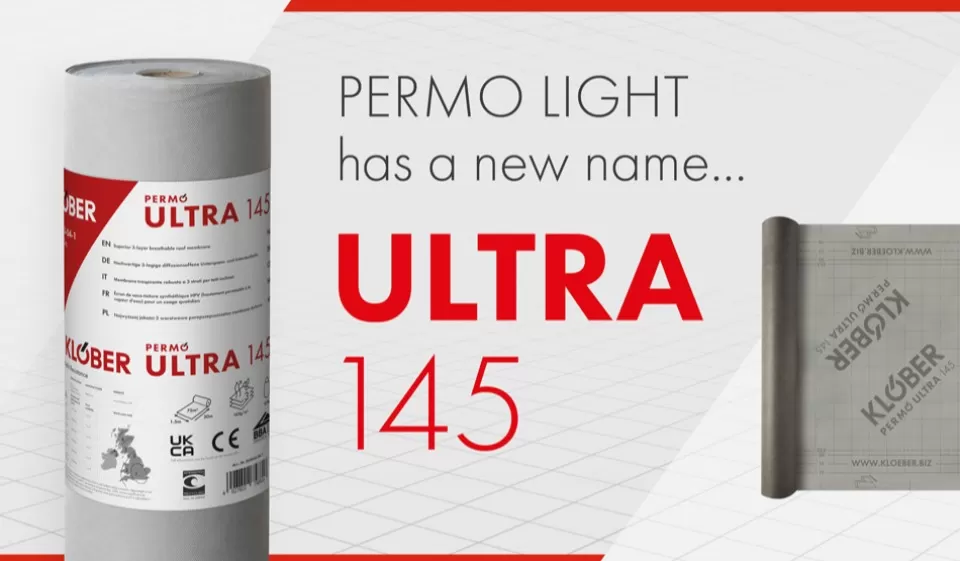
Product Focus
Author: Klober | 2023-03-06
We’re making way for a name change to a popular membrane in our range, Permo Light - which will now be renamed to Ultra 145.
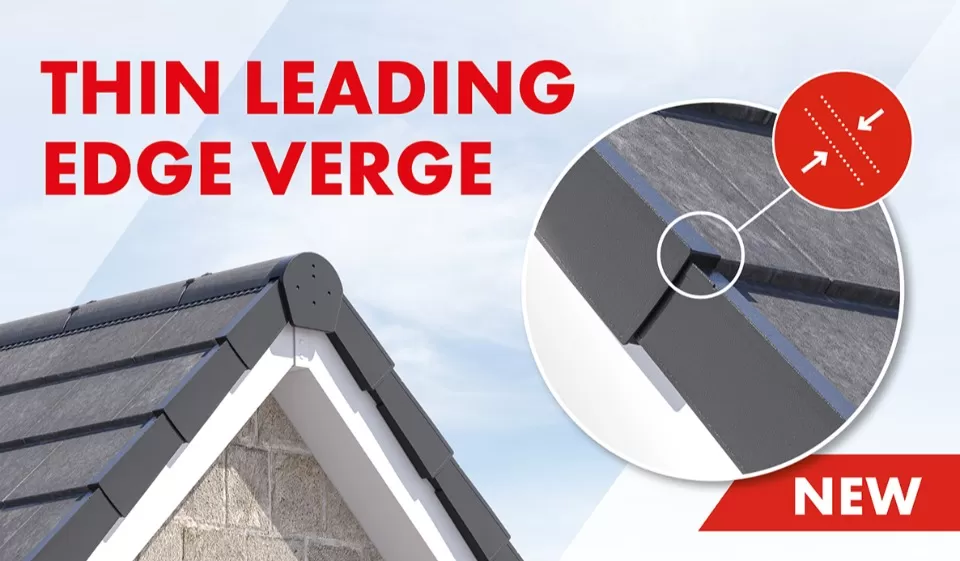
Product Focus
Author: Klober | 2023-01-31
We’ve introduced another new verge product to our range, the Thin Leading Edge Dry Verge, specifically designed to compliment thin leading edge tiles.
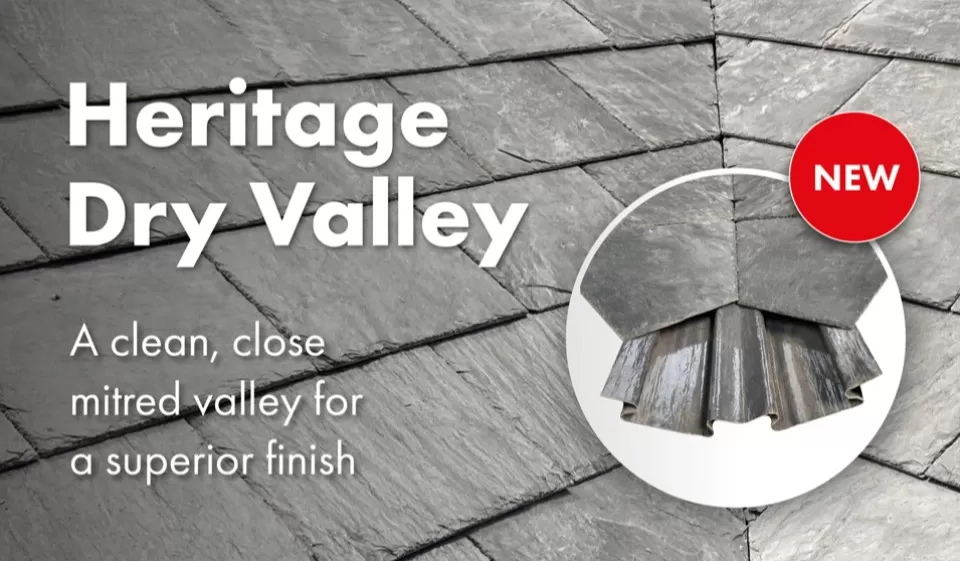
Product Focus
Author: Klober | 2023-01-26
We’ve introduced a new valley product to our range, the Heritage Dry Valley, for a clean, close mitred valley detail.
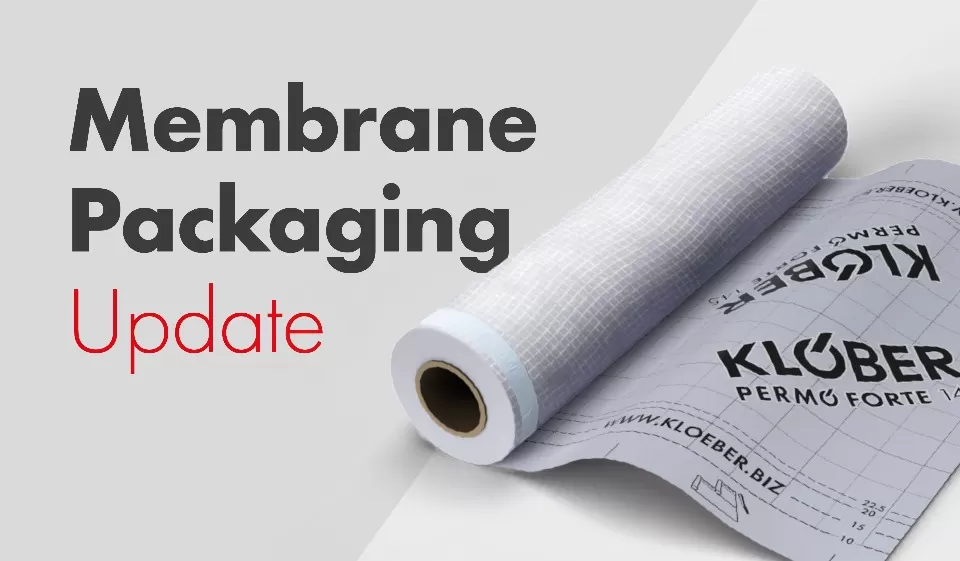
Product Focus
Author: Klober | 2023-01-05
We’re rolling out new branding and packaging across our membrane range to make it easier for our customers to pick our products and to reduce packaging waste.
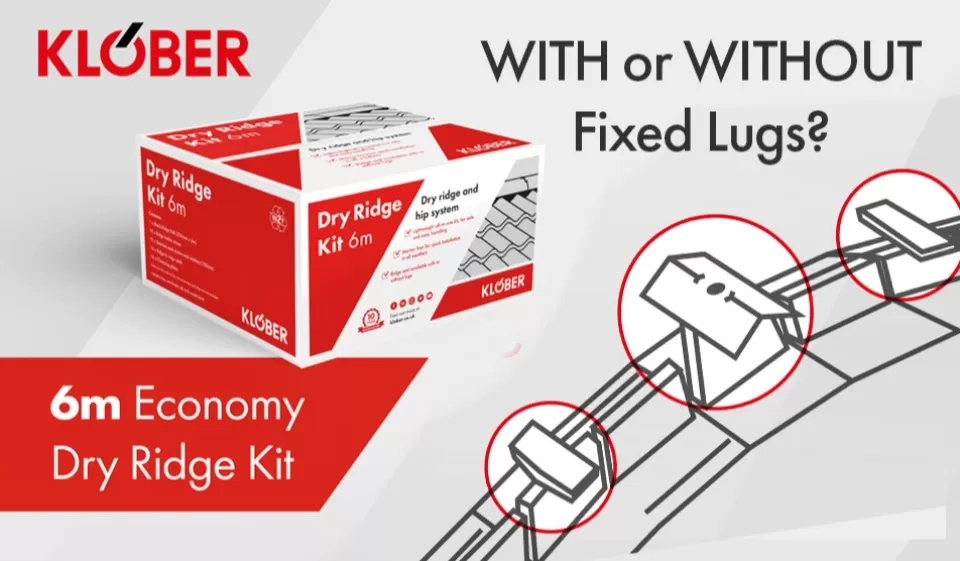
Product Focus
Author: Klober | 2022-12-20
We’re now offering you a choice of ridge seal design - WITH and WITHOUT Fixed Lugs.
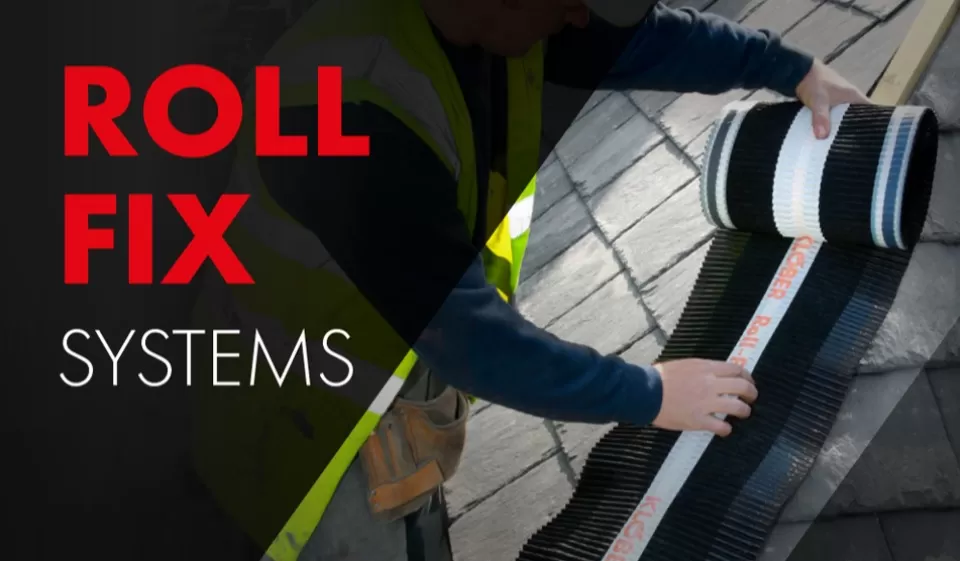
Product Focus
Author: Klober | 2022-10-14
Klober’s Roll Fix Kit is a staple of our product innovation and quality. Introduced into the market over 25 years ago, the Roll Fix system is rated highly by roofers, offering an unrivaled quality to other competitor products on the market.
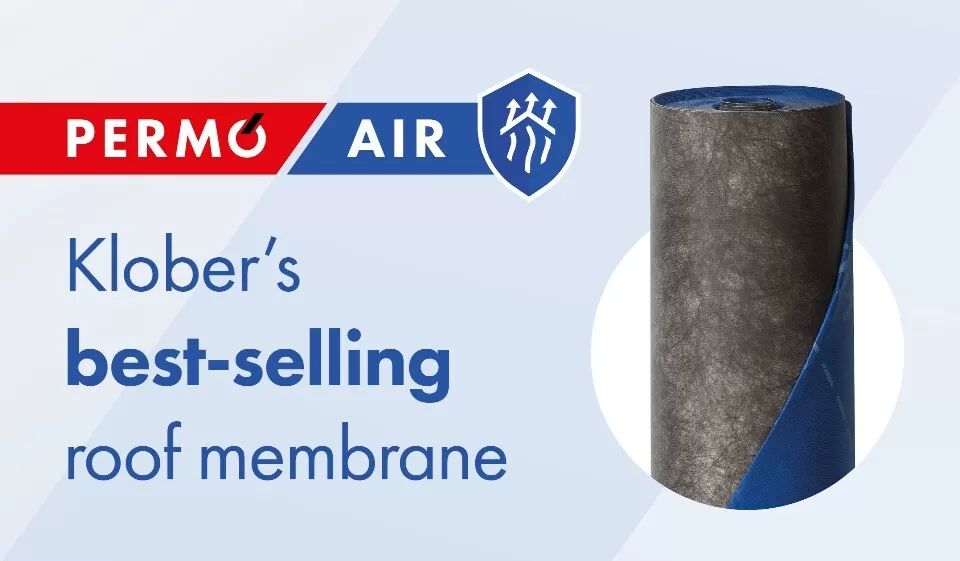
Product Focus
Author: Klober | 2022-10-10
Permo Air is the most breathable BBA approved membrane on the market, which is why it’s Klober’s best-selling roofing membrane.
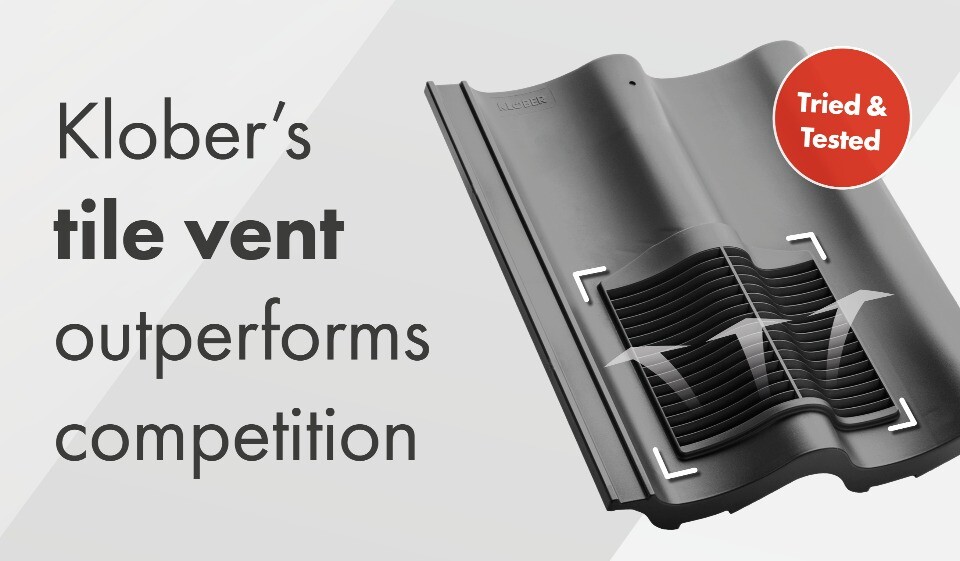
Product Focus
Author: Klober | 2022-09-23
We recently tested our popular In Line Double Pantile vent versus what is perceived to be a competitor product and outperformed them by 25%.
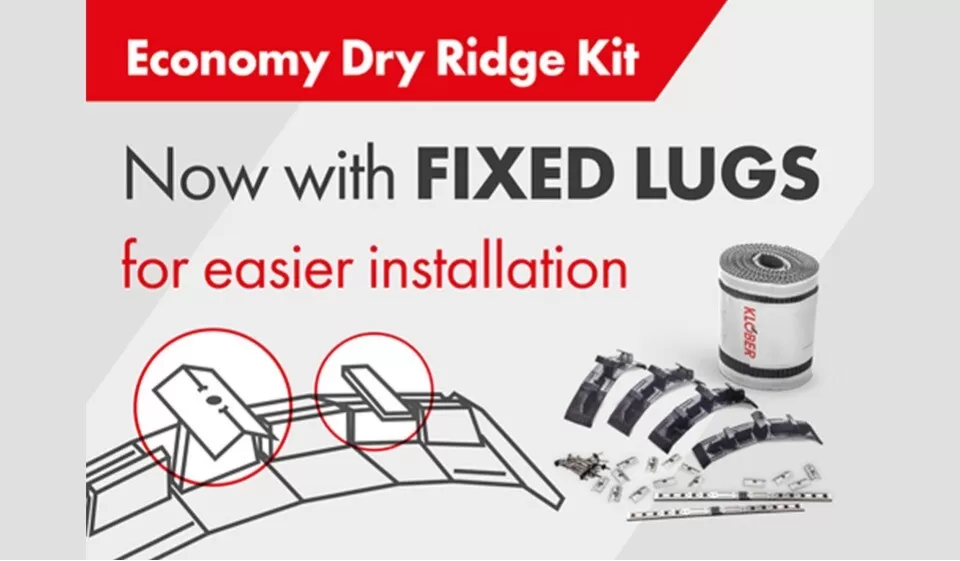
Product Focus
Author: Klober | 2022-09-02
You asked, we’ve listened - Klober’s 6m and 10m Economy Dry Ridge Kits now includes ridge seals with fixed lugs for easier installation.
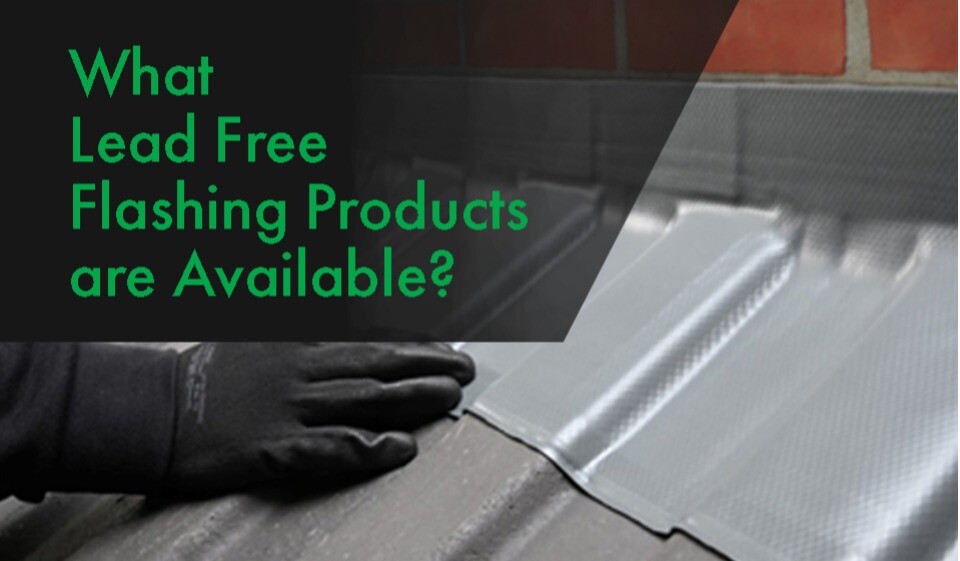
Product Focus
Author: Klober | 2022-08-01
Lead replacement flashings are increasingly being selected for roofs where specification allows. This is particularly advantageous from a roofing professional’s perspective as lead replacements are often lighter and easier to manipulate.
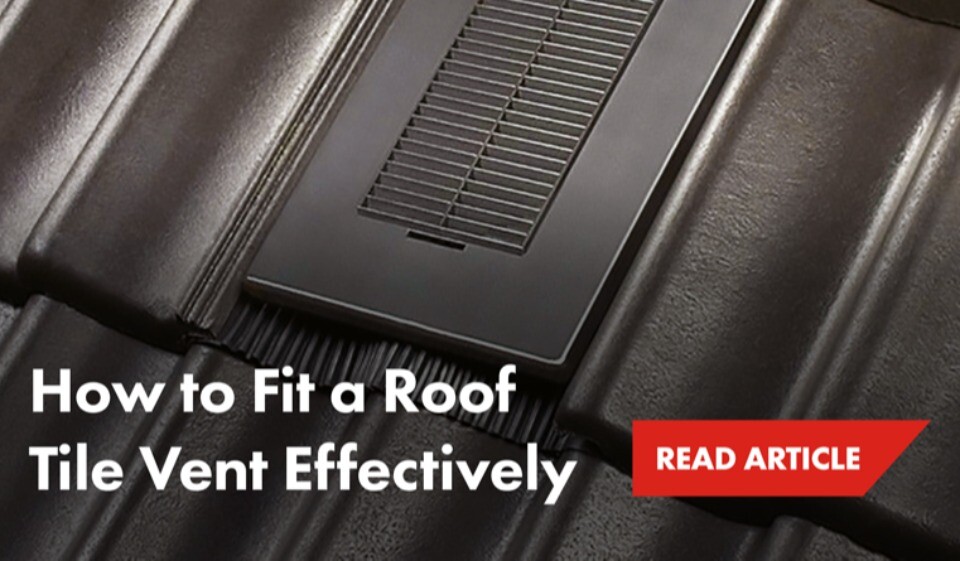
Product Focus
Author: Klober | 2022-07-25
Suitable for roof pitches as low as 17.5°, depending on the profile of the roof tile, in-line roof ventilation tiles can be integrated with most concrete interlocking roof tiles.
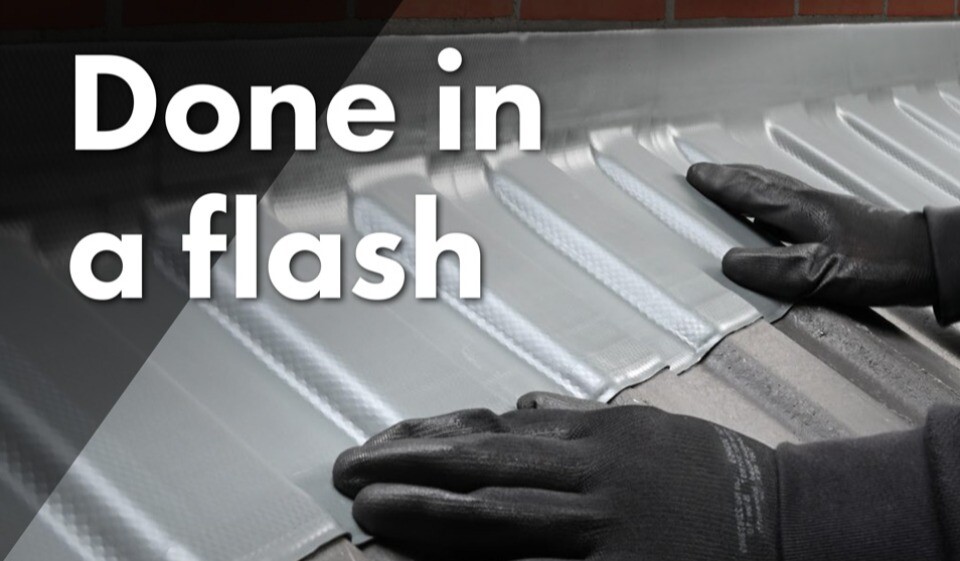
Product Focus
Author: Klober | 2022-05-10
Whether you’re looking for superior quality with Wakaflex or a cost-effective solution with Easyform, you can count on us to help you get the job done.
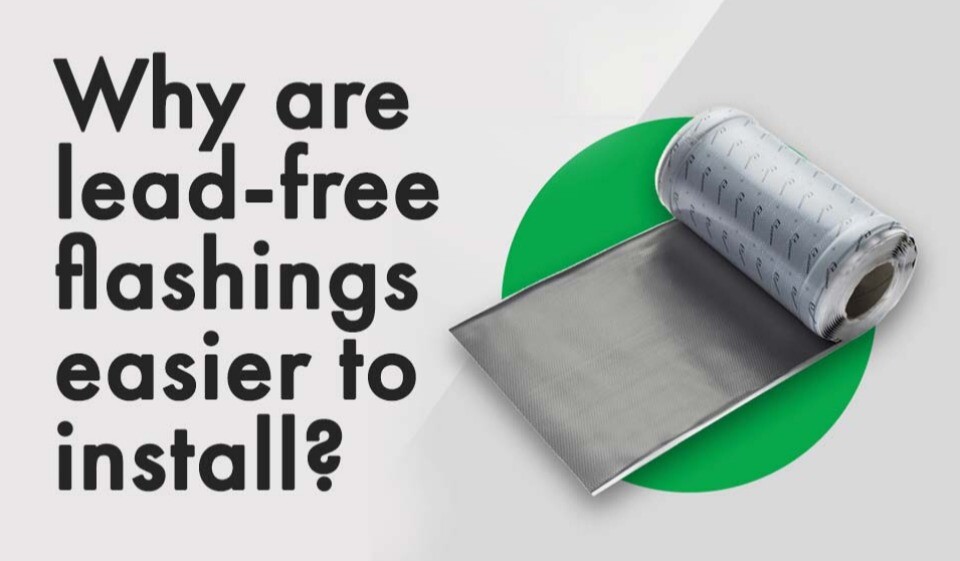
Product Focus
Author: Klober | 2022-05-03
In this blog we show you that lead-free flashings are a smart choice to reduce the risk of theft, reduce cost and save time on installing.
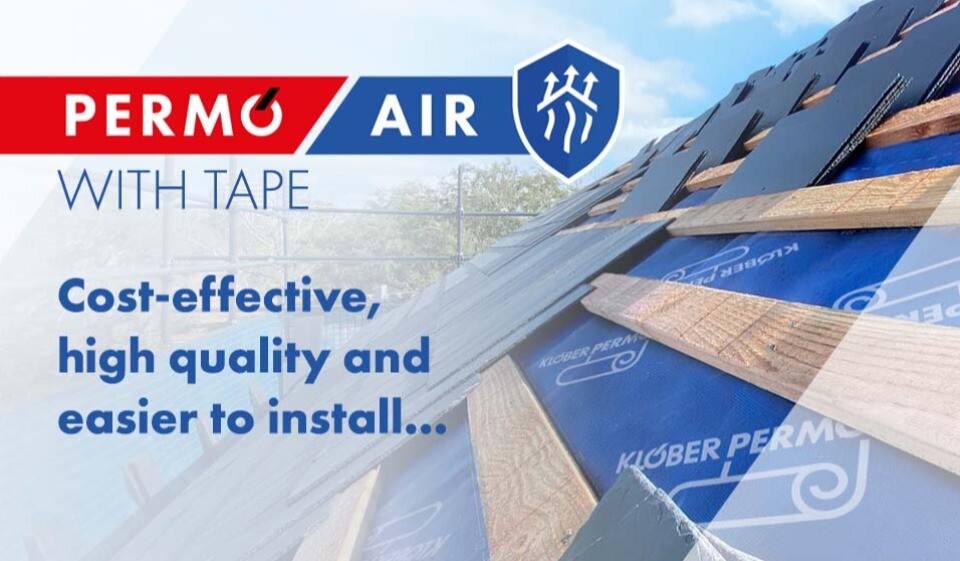
Product Focus
Author: Klober | 2022-01-31
Here we take a look at a number of reasons why our new Permo Air with Tape is a smart choice of membrane for value, quality and ease of use...
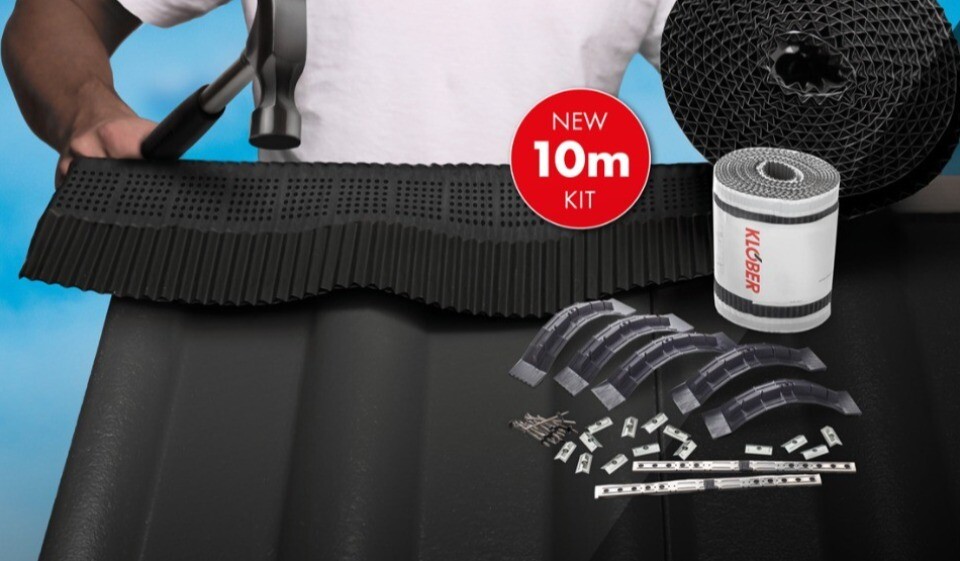
Product Focus
Author: Klober | 2021-11-15
We’re pleased to say that our new 10m Economy Ridge Kit is now available. The ventilating dry ridge and hip system, suitable for both concrete and clay tiles is the perfect solution when looking for an...

Product Focus
Author: Klober | 2021-11-01
We’ve extended our Specialist Membrane Range, as our popular air open roof membrane, Permo Air, is now available with self-adhesive tape in both roll sizes.
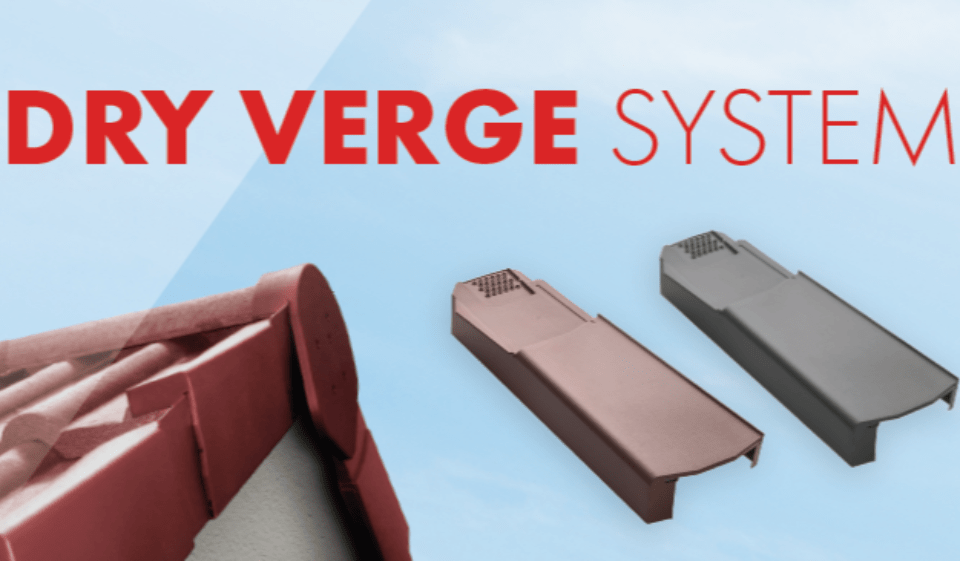
Product Focus
Author: Klober | 2021-10-21
Dry fix verge applications have become a beneficial alternative to mortar fixed verges as they can save time, money and the need for regular maintenance. Find out more about Klober's Dry Verge solutions...
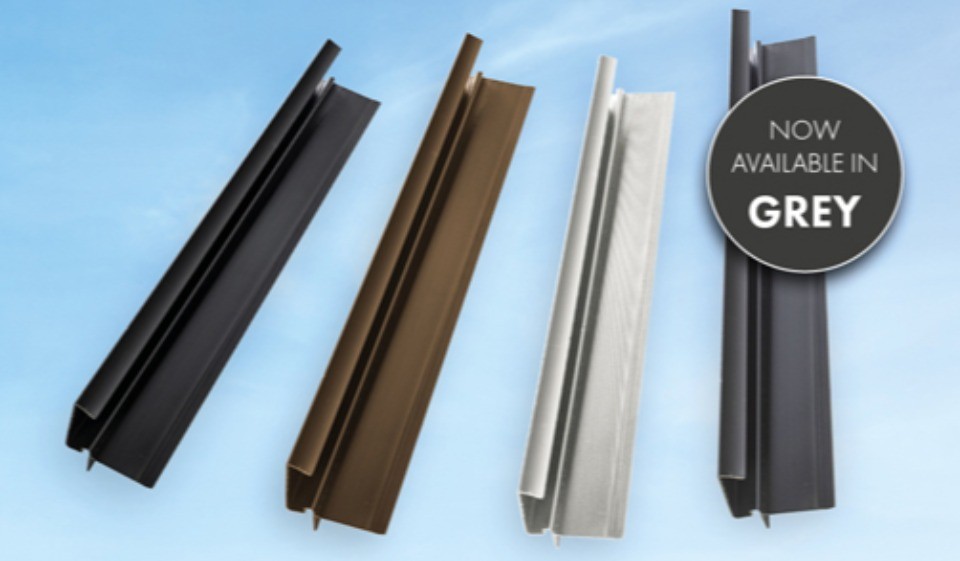
Product Focus
Author: Klober | 2021-10-04
As a long-standing popular product with our customers, our Uni Line Continuous Dry Verge T-strip is a perfect solution for a clean, sleek looking verge - and now we’ve introduced a grey roof verge strip...
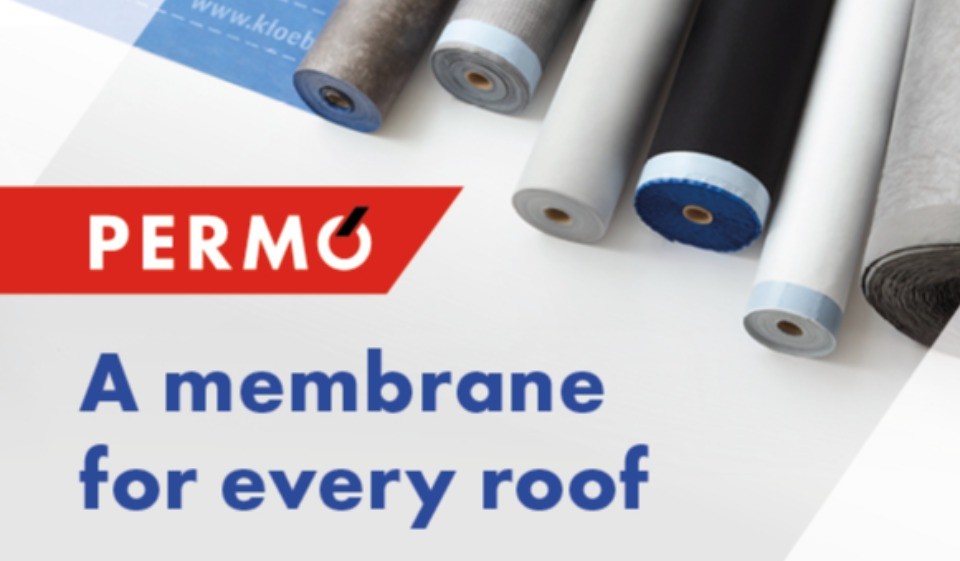
Product Focus
Author: Klober | 2021-08-16
From the most breathable roofing membrane, to one of the strongest, the PERMO RANGE provides a convenient, trusted solution for every roof.
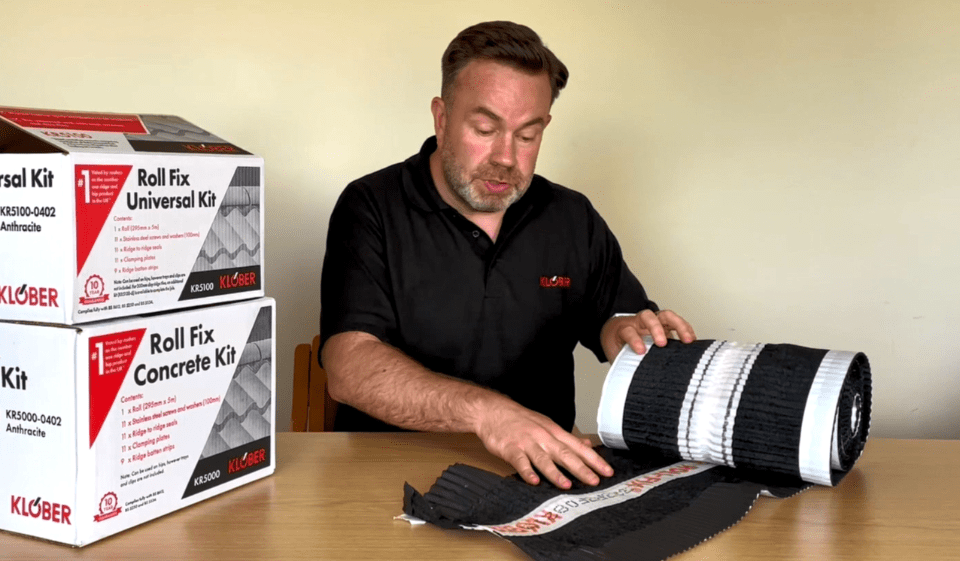
Product Focus
Author: Klober | 2021-07-28
Our Meet the Product videos will form part of a new wider video strategy to give more support to Klober customers and installers.
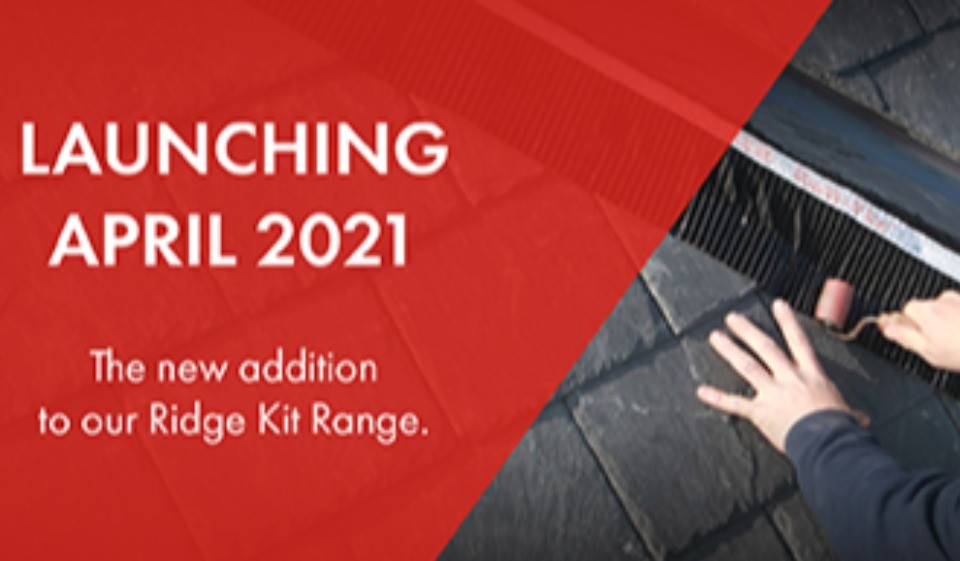
Product Focus
Author: Klober | 2021-03-25
We’re pleased to announce that next month, we’ll be launching the latest addition to our dry ridge systems. The new Dry Ridge Kit will be an entry-level solution, to sit alongside our famous Roll Fix brand.
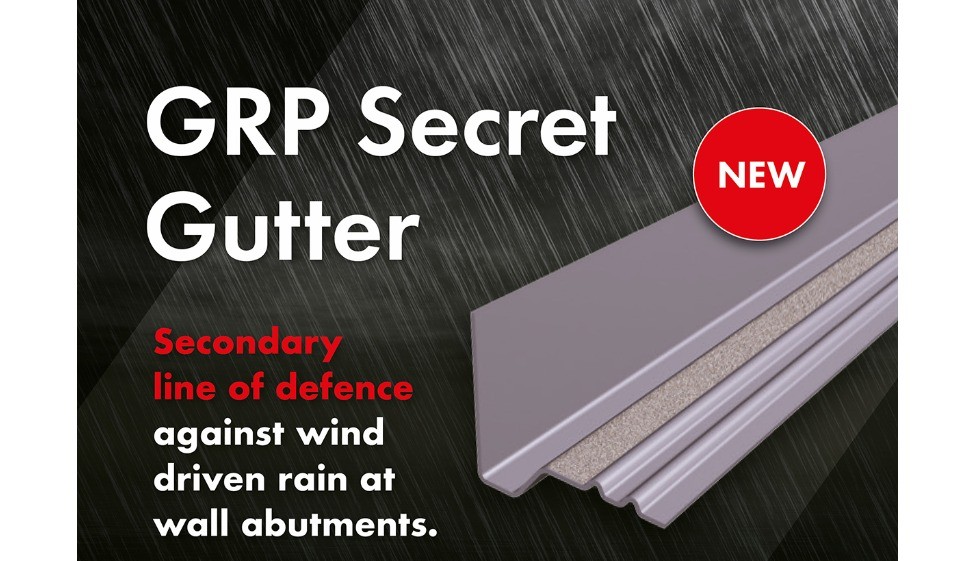
Product Focus
Author: Klober | 2021-03-08
Klober is excited to announce new product introductions, with their GRP Secret Gutter, available now, and additional sizes to their existing Eaves Vent Pack, available in April. To compliment Klober’s...

Product Focus
Author: Klober | 2021-03-01
With so much choice available when it comes to roofing membranes, it isn’t uncommon for misconceptions to exist relating to the different types. In particular, the term ‘breathable’ is quite often misunderstood.
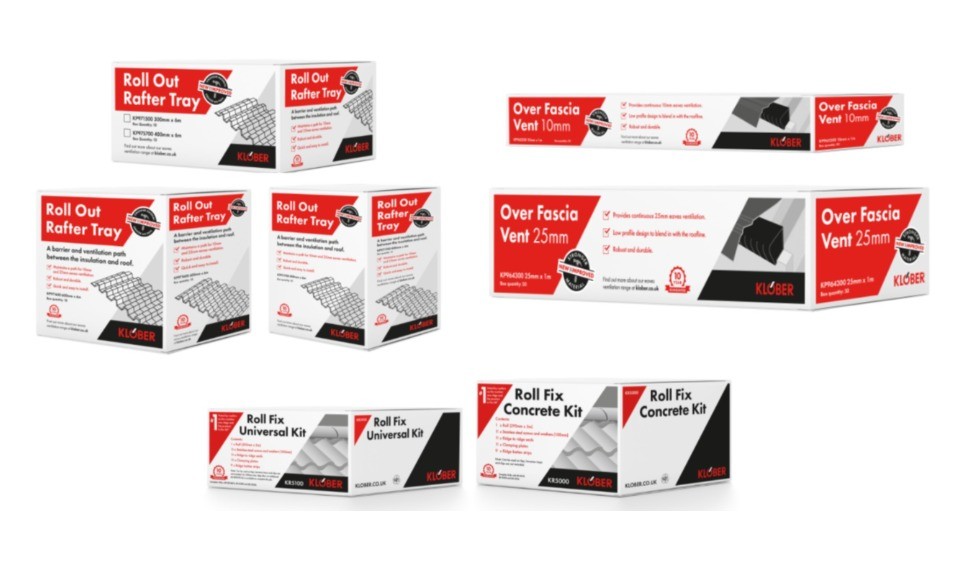
Product Focus
Author: Klober | 2020-09-30
Earlier this year Klober went through a brand refresh to bring a new look and feel to the well known, roofing components manufacturer. The timely update was also in line with Klober celebrating its 60 year...

Product Focus
Author: Klober | 2020-06-01
The Permo range offers superior performance, to ventilate the roof and help to reduce heat loss. Whilst all of Klober’s products conform to the...
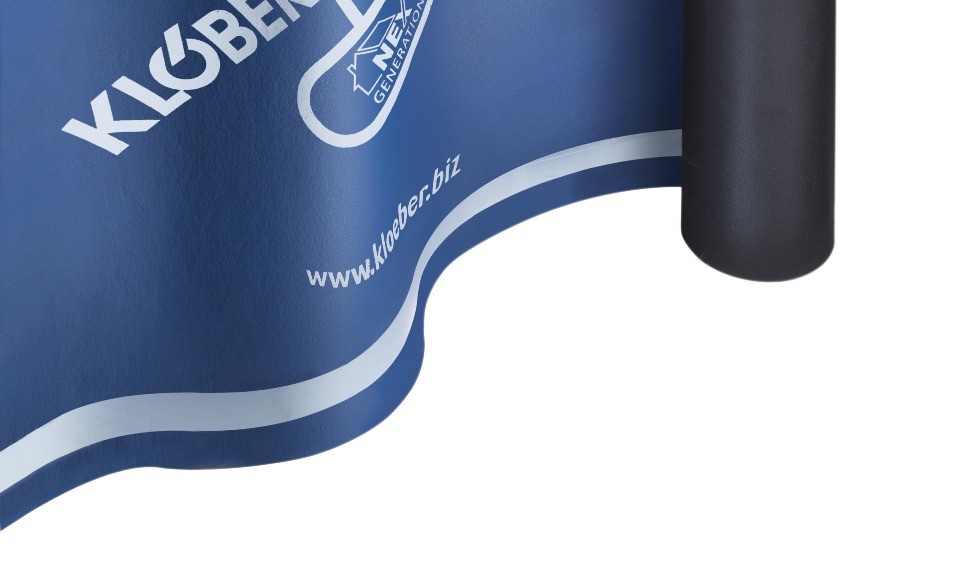
Product Focus
Author: Klober | 2020-05-15
Adrian Fishley, Key Account Manager at Klober, discusses how specifying the right membrane will ensure an efficient low pitch roofing solution without compromising...
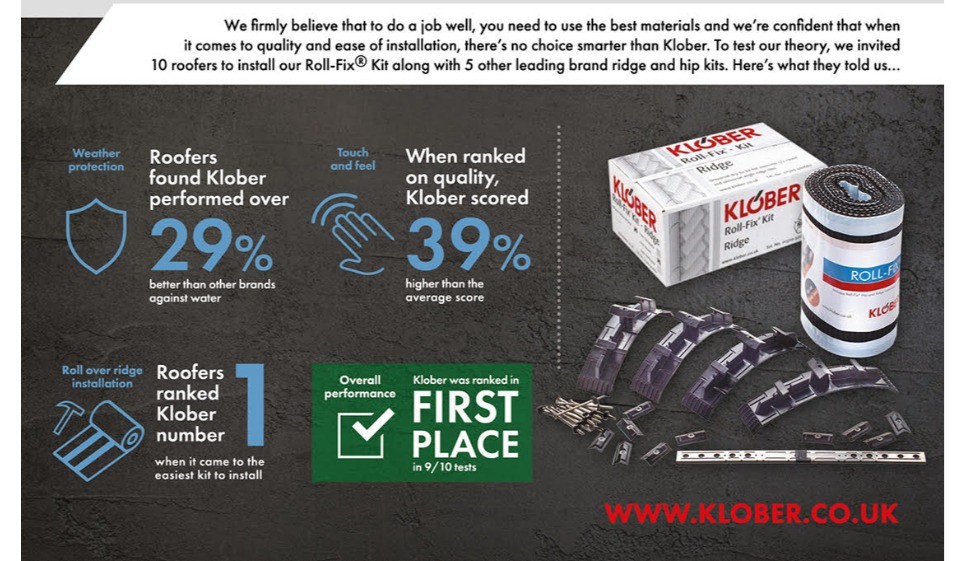
Product Focus
Author: Klober | 2019-10-06
We invited 10 roofers to come and install ridge kits and Klober came out as the top performing product. Firstly, we asked the roofers to prioritise a number...
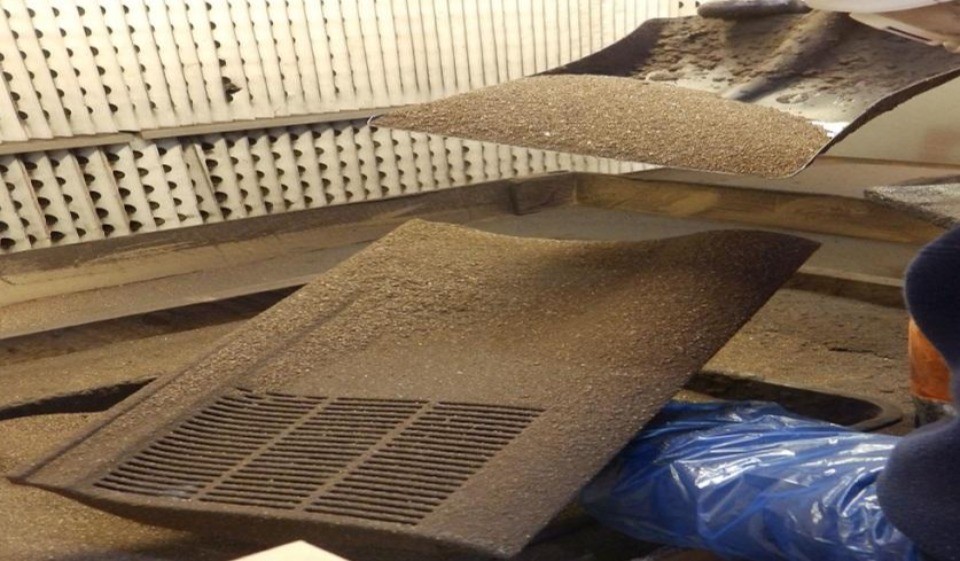
Product Focus
Author: Klober | 2018-09-18
To assist roofing contractors and developers achieve the highest aesthetic possible for their roofs, Klober offers a unique vent tile matching and granulation...
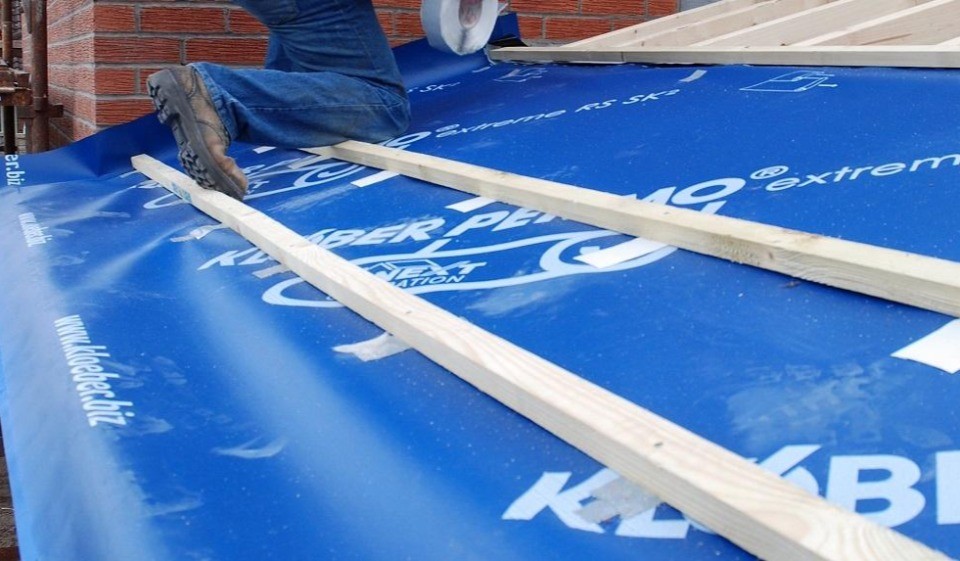
Product Focus
Author: Klober | 2018-05-15
Tests at the BRE’s Garston laboratories have proved that Klober’s Permo Extreme roofing underlay can withstand the rigours of the UK’s weather without the need for support...
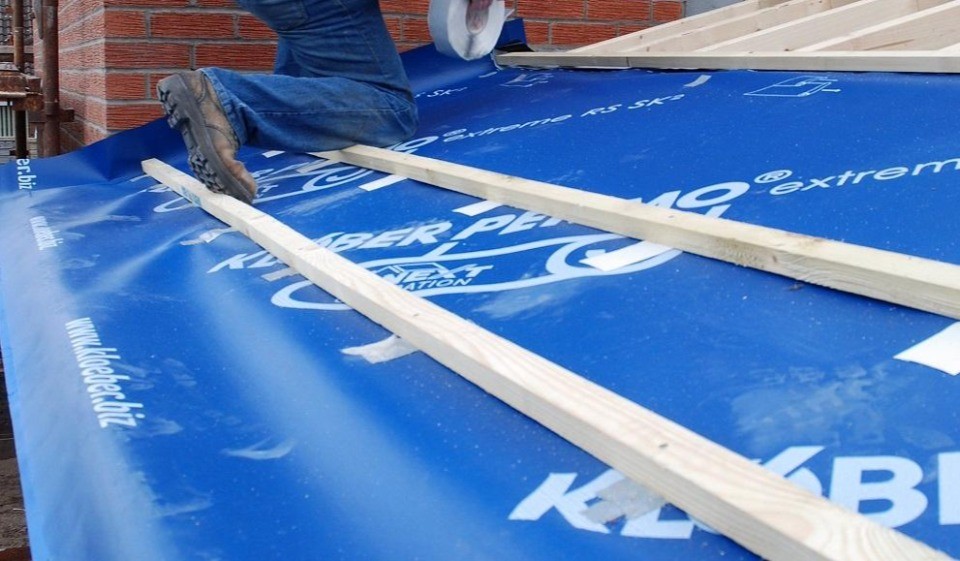
Product Focus
Author: Klober | 2018-04-15
Permo Extreme from Klober is a waterproof, tear-resistant underlay, designed for use on low pitched roofs. Now also available in smaller roll size.
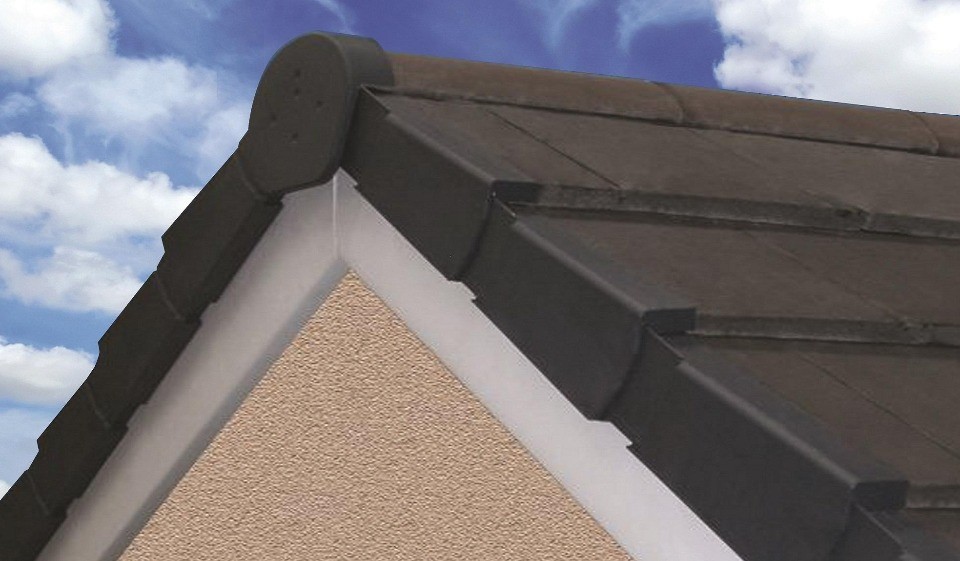
Product Focus
Author: Klober | 2018-03-14
The new BS 8612 for dry fixed Ridge, Hip and Verge product specification should prevent problems with dry fix systems.
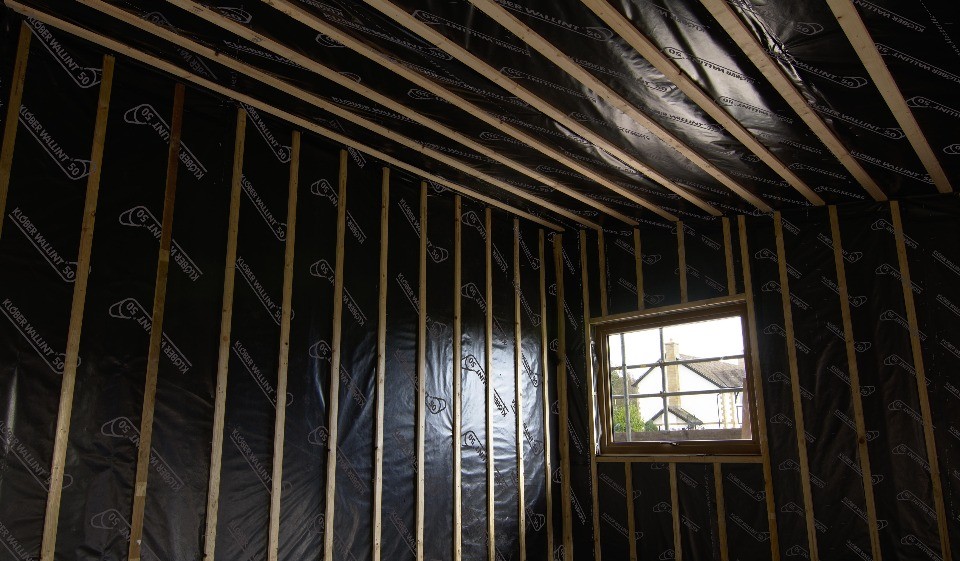
Product Focus
Author: Klober | 2018-01-15
Air barriers (otherwise known as vapour control layers) aren’t new but their use has become increasingly common as standards affecting new build have risen.
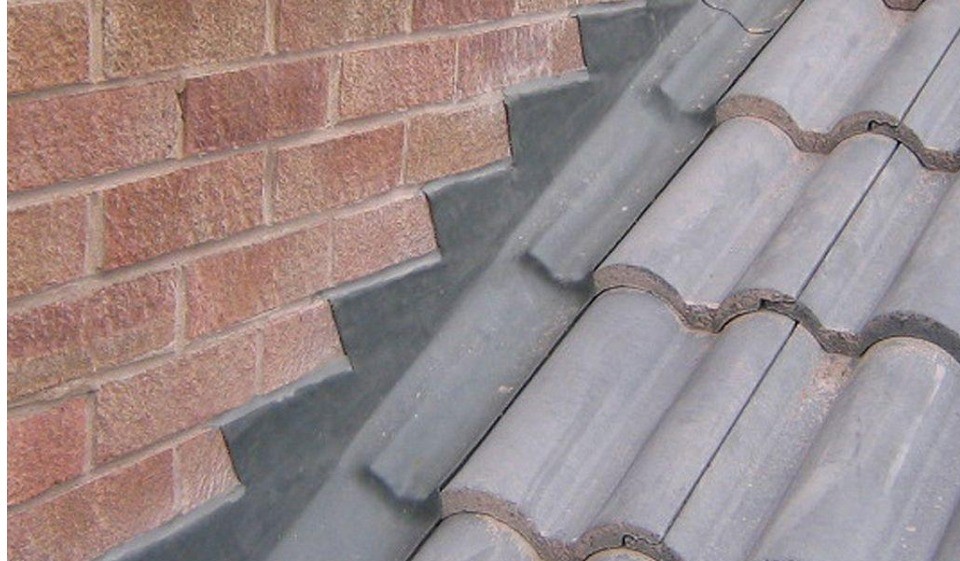
Product Focus
Author: Klober | 2017-07-24
Flashing work often requires a specialist roofer and can be both time-consuming and costly. Leadwork is also potentially hazardous to the installer...